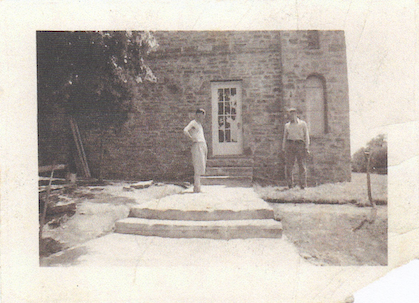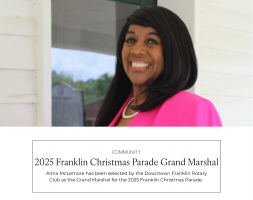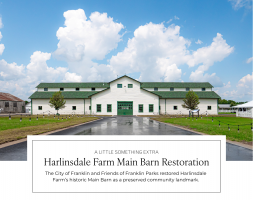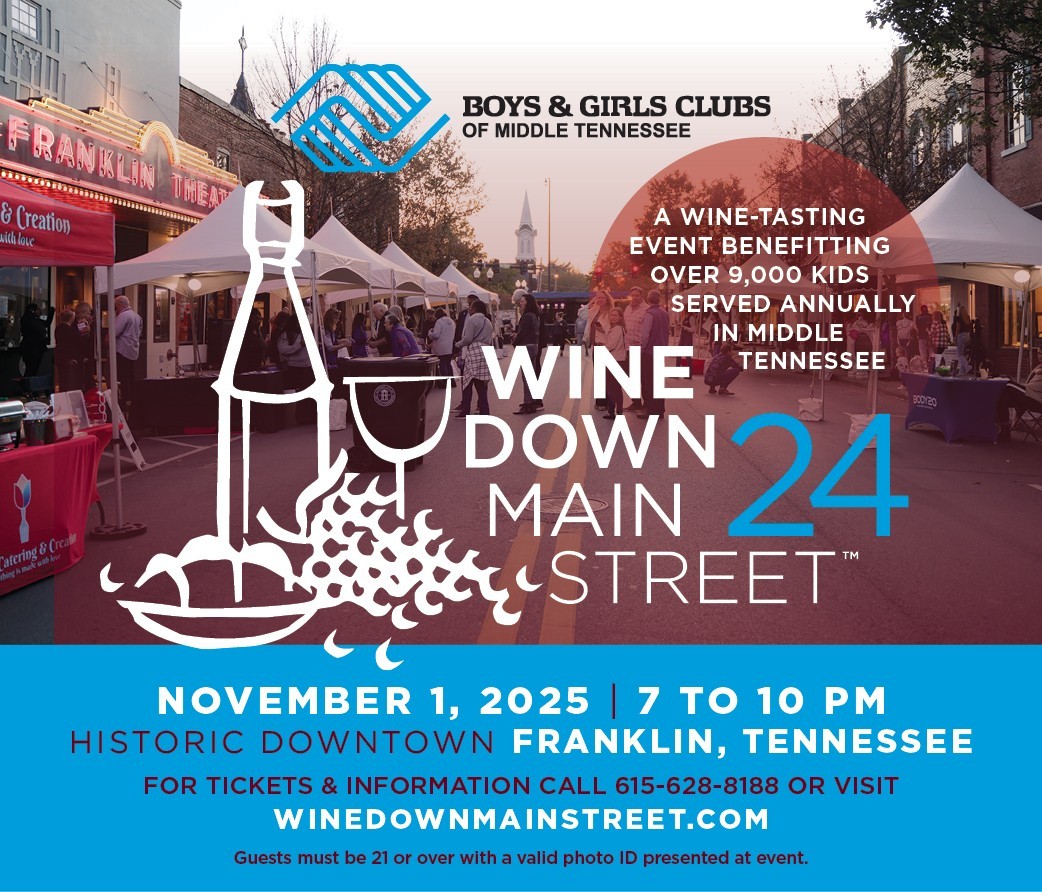From Mobster's Hideout to Creative Haven
with Katie Shands
In 1929, a well-heeled stranger arrived in Franklin from Chicago. The man introduced himself as John P. Welch and told local realtors he was looking to purchase land that was “high, rocky, and had lots of Christmas trees on it.” He wanted to build a home where he could stop off and relax during his frequent business trips from the Windy City to Florida. It sounded innocent enough, but as Welch put down roots in the tight-knit community, intrigue began to swirl around him. It wasn’t long before neighbors became convinced this man’s property wasn’t a refuge for resting, but rather, a mobster’s hideout.
It was 1930 when Welch bought 200 acres on Old Hillsboro Road from local farmer Jeff Moran. After selecting a flat meadow atop a hill for the homesite, Welch hired a German architect to design his house. However, this wasn’t going to be just any house. It would be a European-style castle built with stone quarried from the surrounding land. Construction took a grueling two years, but the workers were thankful to have steady jobs amid the Great Depression. Plus, Welch paid them two dollars a day, double the going rate. Welch spared no expense on his new home: nine-towered battlements, spacious rooms, a luxurious bar, and even marble-walled bathrooms. Neighbors were awe-struck. In a time when most houses in the area didn’t even have electricity, Welch’s castle was like something plucked from the pages of a fairy tale.



He would come to his castle two or three times a year and stay for several weeks. (His wife didn’t like the country and stayed in Chicago.) To say Welch stuck out in Franklin would be an understatement. Farmers eyed him with a mix of curiosity and suspicion as he pulled up in his big, black car at Yeargin’s, the neighborhood grocery store. Mismatched jackets and trousers, flamboyant neckties, manicured nails, not to mention that strong Northern accent–to them, Welch might as well have been an alien that had landed in their tobacco fields.
Needless to say, Welch became the talk of the town. Neighbors questioned how one man could afford such opulence, especially during those lean years. Welch claimed he was a grain speculator, and one major deal had made him enough money to pay for his castle. That story was soon overshadowed by whispers that he was a professional gambler and bookie for the mob. Some even insisted he worked for Al Capone.
During Welch’s stays at the castle, carloads of visitors from other states would show up. It became common knowledge in the community that Welch was holding illegal gambling parties at his home. In fact, several stones in his front walkway were shaped like roulette wheels and playing card symbols, which remain to this day. A secret door in the basement also has survived the years. It’s said to have led to an underground mushroom cellar where guests could hide in case of a bust.
Welch also operated a dinner club and riding academy at his home for a while. After he died around 1945 (nothing mob-related, just an asthma attack), the castle became a gourmet restaurant, hosting several big stars such as Bob Hope, Betty Grable and Spencer Tracy. In 1948, authorities shut down the property for commercial use after a traveling casino set up shop there and hosted a blow-out night of gambling.


The castle sat empty for a while before being converted back into a private residence. Around 1978, the Nuyens family, a Bluegrass band, bought the home. In 1983, Jozef Nuyens, Jr. opened Castle Recording Studios there. Many well-known musicians have recorded in the studio, including Bob Dylan, Dolly Parton, Johnny Cash, Katy Perry and Shawn Mendes.
Today, the castle remains a recording studio as well as a wedding venue. Though its current existence is certainly more sedate than in years past, echoes of its colorful past still linger within its stone walls, creating a unique blend of history and creativity that continues to captivate the community.




















